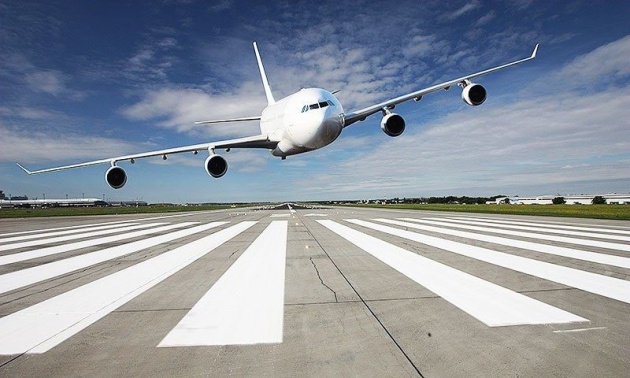Even after hours of smooth flying, you shouldn’t get very comfy. Why? Well, if you were to believe the world’s foremost authority on airline safety, Professor Arnold Barnett of MIT, the riskiest segment of the flight, i.e., the landing, is still ahead of you.
The hundred-plus passengers and crew flying Shaheen Airlines learnt the hard lesson when their plane crash-landed at the Lahore airport.
After a mostly uneventful flight from Karachi, the plane came down with a big thud, forcing many to recite prayers.
Also read: CAA grounds four aircrafts of of Shaheen Air
It has not yet emerged on the national radar, but the dismal safety record of the Pakistani airlines is an open secret.
While private airlines operating out of Pakistan are too small to appear on international airline safety rankings, the national flag carrier, Pakistan International Airlines (PIA), though makes several hit lists but all for the wrong reasons. It stands out as an outlier for poor safety record.
A comparative study of airline safety revealed that PIA has consistently underperformed on airline safety, and it is one of the world’s most disaster-prone airlines.
Nate Silver is a famous American data scientist who wrote for the New York Times and manages fivethirtyeight.com, a blog that specialises in using data and analytics to offer informed commentary on political and socio-economic outcomes.
In July 2014, Mr. Silver addressed the question “Should travelers avoid flying airlines that have had crashes in the past?”
The simple answer is yes.
Mr. Silver relied on the Aviation Safety Network’s database. He obtained the safety data from 1985 to 2014. And compared safety record over two periods, i.e., 1985 to 1999 and 2000 to 2014.
He wanted to see if the airlines that performed poorly earlier continued to do so later. The goal was to determine if some airlines were consistently better or worse than the rest for safety.
The airline safety data provided information on incidents (near misses), fatal incidents, and fatalities. Since airlines differ widely for fleet size and operations, he normalised the airline safety data by the available seat kilometers (ASK), which is calculated by multiplying the number of available seats by the kilometers flown by an airline.
Also read: Crash-landing — How was an aircraft with faulty landing gear allowed to fly?
This normalisation is needed to ensure that when we compare airlines, we are not essentially penalising airlines that fly significantly more than the rest. Conversely, we would not like to favour an airline with a limited fleet and less travel.
The other important distinction to acknowledge is that airlines' safety should not be based on a comparison of fatalities or fatal incidents. This is because even for the worst performing airlines, fortunately, fatal incidents are not an every-day occurrence.
The near misses are a better indicator of the airlines’ safety culture.
Let me explain this with an example: You might know of a friend who is a high-risk driver. He speeds, does not observe traffic regulations, and takes chances during driving. That individual will have several near misses.
However, the number of times a person could expire in a traffic accident, irrespective of how cautious or irresponsible one is in driving, remains 1. For this reason, it is better to compare near misses, because near misses identify a behavioural trait rather than an outcome.
Mr. Silver compared near misses for each airline over the two periods, 1985-1999 and 2000-2014. And guess which airline stood out to be consistently high risk prone over the two periods: Pakistan International Airlines.
“There are also a few major outliers in the chart: two are Pakistan International Airlines and Ethiopian Airlines, which have had a persistently high rate of incidents,” wrote Mr. Silver.
Source: FiveThirtyEight.com
The government, especially the regulators at the Civil Aviation Authority (CAA), has been negligently silent over the dismal safety records of Pakistan-based airlines.
It is time for a serious introspection on the state of airline safety in Pakistan.
In fact, one wonders why this matter is not yet an utmost priority for regulators, especially when this lax attitude towards air safety is not just restricted to the national airliner, but also permeates Pakistan’s private carriers, the only other alternatives to flying for Pakistanis.



